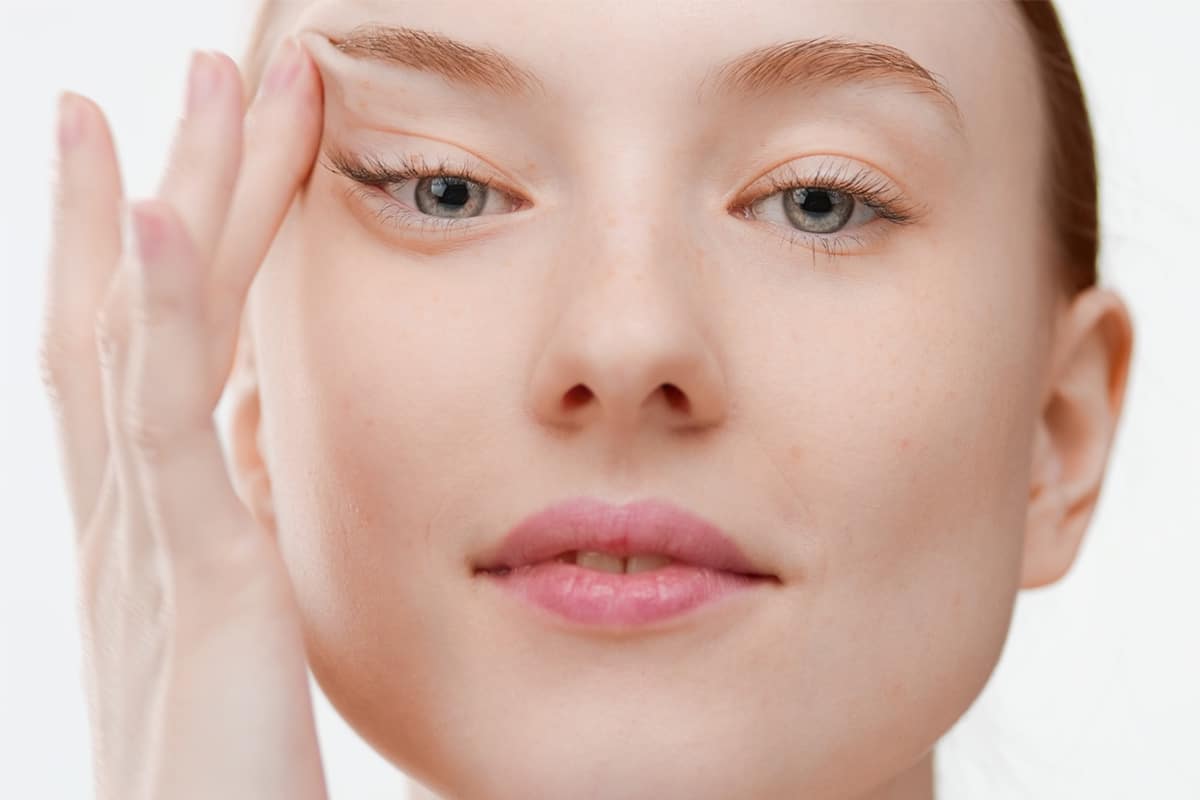
How Blepharoplasty Can Revitalize Your Eyes and Erase Dark Circles
Dark circles are a common aesthetic concern that affects many people, making them look tired, older, or less vibrant. Often, no matter how much sleep you get or how many creams you apply, dark circles can persist. One highly effective and lasting solution is blepharoplasty, a cosmetic procedure designed to rejuvenate the eye area by addressing both under-eye bags and dark shadows.
If you’ve tried everything from makeup to skincare without seeing significant improvements, it may be time to explore the benefits of blepharoplasty. This option goes beyond surface-level treatments, offering long-term results that can refresh and brighten your appearance.
Get Rid of dark circles with Blepharoplasty
- Blepharoplasty directly targets dark circles by removing or repositioning fat under the eyes, reducing the shadowed look.
- Sagging skin that contributes to dark circles is tightened during the procedure, minimizing the shadows.
- Unlike temporary fixes, blepharoplasty offers long-lasting relief from dark circles, with results that last for years.
- The surgery is quick, taking 1-2 hours, and recovery from swelling and bruising usually takes 1-2 weeks.
- For those with severe dark circles, blepharoplasty is a more effective and permanent solution compared to creams or fillers.

Causes of Dark Circles
Here are some of the most common causes:
- Aging: As we age, typically the skin around the eyes thins out naturally. When fat and collagen are lost in the area, it allows underlying blood vessels to become more visible, giving a darker appearance due to shadows.
- Genetics: For many people, dark circles are hereditary. If your family members also have them, you may be predisposed to developing dark shadows, regardless of your lifestyle habits.
- Sun Exposure: Ultraviolet (UV) rays from the sun can accelerate the breakdown of collagen and pigment around the eyes, contributing to the appearance of dark circles.
- Hollowing of the Under-Eye Area: The gradual loss of volume under the eyes can create a hollow appearance that casts shadows and exaggerates the darkness in the area.
- Pigmentation: Some individuals have more melanin (pigment) in their skin around the eyes, leading to a darker appearance that topical treatments may not effectively address.
How Blepharoplasty Can Help with Dark Circles
The primary reason why blepharoplasty is so effective at eliminating dark circles is that it directly addresses the underlying causes, such as the redistribution or removal of fat, skin, and tissue that can create shadows or contribute to a sunken appearance.
Here’s how the procedure works to reduce dark circles:
- Fat Redistribution or Removal: In many cases, dark circles are exacerbated by the presence of under-eye bags, which are caused by protruding fat. A blepharoplasty can remove or reposition this fat, resulting in a smoother, more even under-eye contour.
- Skin Tightening: Sagging skin can make dark circles appear worse by creating folds that cast shadows under the eyes. By removing or tightening excess skin, blepharoplasty reduces the shadows and refreshes the eye area.
- Volume Restoration: For individuals who have hollowing under the eyes, the procedure can reposition fat or be combined with dermal fillers to restore volume, reducing the shadowed appearance that creates dark circles.
Erase Dark Circles with Dr. Frankel
Under eye dark circle removal surgery can help you achieve a brighter, more well-rested appearance. Let Dr. Frankel guide you.

Achieve Natural, Long-Lasting Results for Your Under Eyes
Unlike temporary solutions like fillers or topical treatments, which often require regular maintenance, blepharoplasty provides long-lasting results. Once the fat has been repositioned or removed, and excess skin is tightened, patients can expect the benefits to last for many years. While aging continues, the structural improvements achieved through blepharoplasty mean that dark circles and under-eye bags are far less likely to return.

Moreover, because the results are natural-looking, patients often experience an overall improvement in their facial appearance. The eyes are one of the most noticeable features on the face, and by rejuvenating this area, patients can look more awake, vibrant, and youthful without looking like they’ve had “work done.”
What to Expect During and After Eyelid Surgery
Consultation and Customization
Before undergoing blepharoplasty for dark circles, a consultation with a facial plastic surgeon is crucial. The surgeon will assess the causes of your dark circles, such as fat pockets or hollowing under the eyes, and create a personalized plan. This ensures the surgery is tailored to your needs for effective, long-lasting results. You’ll also have the opportunity to discuss your expectations and ask any questions about the procedure and recovery.
The Procedure
The surgery usually lasts one to two hours under local anesthesia with sedation or general anesthesia. The surgeon makes a small incision either below the lash line or inside the lower eyelid. Through this incision, fat is removed or repositioned, and excess skin is tightened to smooth the area and reduce shadows. This results in a brighter under-eye area with minimal visible scarring.
Recovery Process
After surgery, some swelling and bruising are expected and typically subside within one to two weeks. During recovery, following the surgeon’s aftercare instructions is essential for healing. You may need to use cold compresses, keep your head elevated, and avoid strenuous activity. The final results, with significantly reduced dark circles, become visible over several weeks as the swelling fully resolves.
Blepharoplasty vs. Other Dark Circle Treatments
Dark circles can come from various causes—like pigmentation, hollowing under the eyes, or excess eyelid skin—and while topical creams, fillers, lasers, and chemical peels can help with minor concerns, they often require regular upkeep and may not fully correct deeper issues. Blepharoplasty (eyelid surgery), on the other hand, deals directly with the underlying structure, removing or repositioning excess fat and tightening droopy skin for a more youthful, longer-lasting result.
Non-Surgical Methods (Topical Creams, injectable fillers, Laser Treatments, Chemical Peels)
- Temporary solutions that primarily address surface-level concerns
- Require consistent maintenance or repeat treatments
- May not sufficiently correct severe hollowing or skin laxity
Blepharoplasty (Eyelid Surgery)
- Physically corrects excess skin or fat and repositions tissue
- Offers more permanent improvement for deeper dark circles
- Produces a noticeably refreshed, younger-looking appearance
Ready to Get Rid of Dark Circles for Good?
If you’re tired of dealing with dark circles and under-eye bags that make you look older or more fatigued than you feel, blepharoplasty may be the solution you’ve been searching for. By addressing the root causes of dark circles, this procedure provides natural-looking, long-lasting results that topical treatments and fillers simply can’t match.
Ready to take the next step? Schedule a consultation with Dr. Andrew S. Frankel today to discuss how blepharoplasty can help you achieve a refreshed, youthful look.


